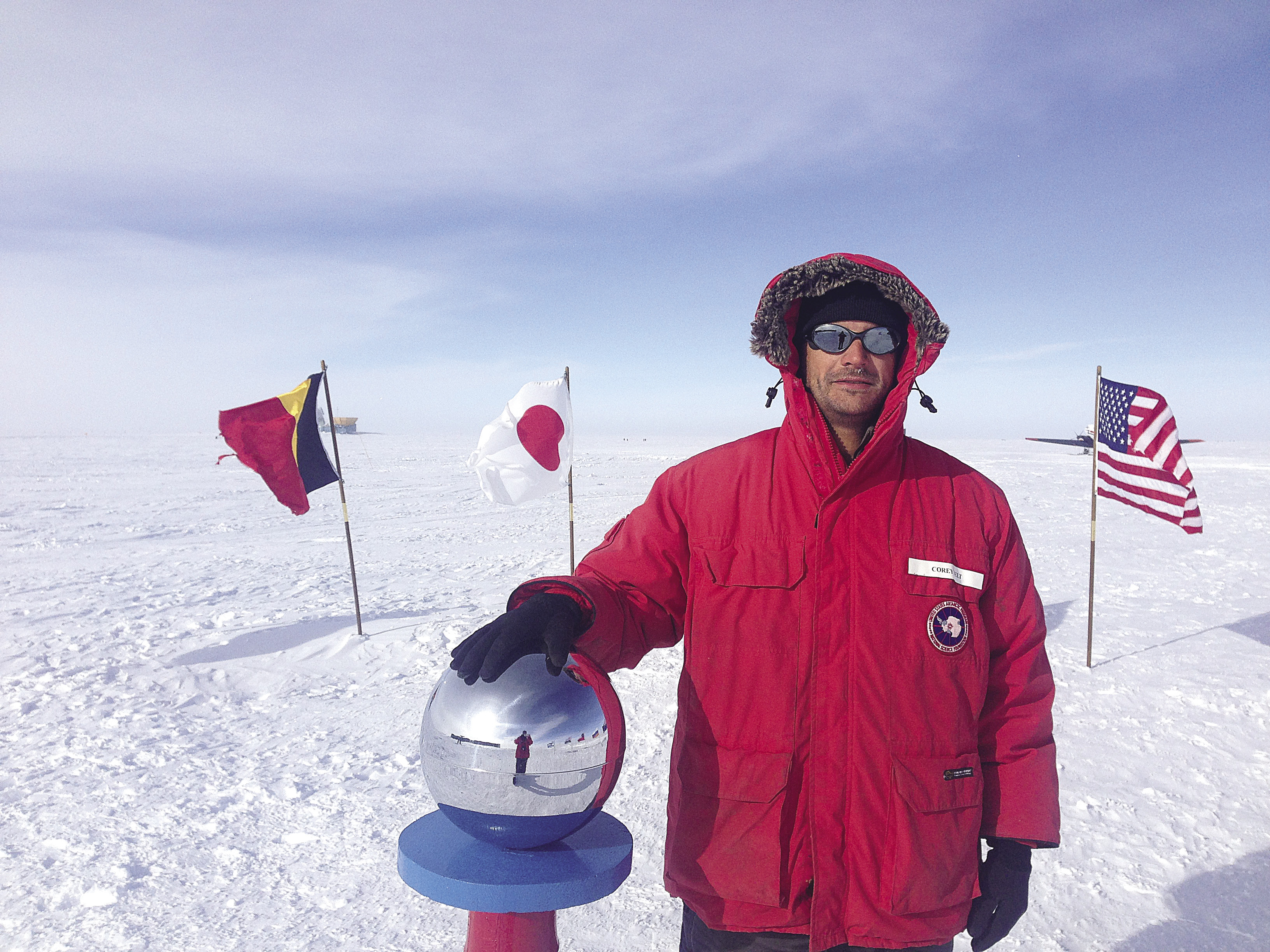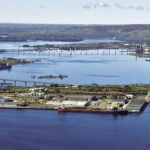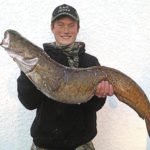Grand Marais—When the leaves fall from the trees and the lakes begin to freeze, many of the human denizens of Cook County (not to mention the migratory birds) move south for the winter. These ‘snow-birds’ elicit a wide range of reactions from their friends and neighbors who remain behind to endure the challenges of winter. However, some Cook County residents head south in the fall and continue all the way to the bottom of the earth, where the summer snow and ice of Antarctica is as cold as our northern winter. This migration may seem rare and strange, but it’s more common in our community than you may think.
Last fall, I found myself in this category of long-distance migrants. I leveraged several contacts and was hired as a Fuels Operator with the United States Antarctic Program (USAP). In late September, I boarded a plane in St. Paul and flew to Christchurch, New Zealand. Christchurch is the staging area for the majority of the Antarctic scientific research programs funded by the U.S. government through the National Science Foundation (NSF). Although most Americans are not aware of our endeavors on the southern continent, a great deal of important scientific research occurs each year in Antarctica on the three stations and dozens of field camps managed by the NSF. Since the signing of the Antarctic Treaty in 1959, all nations have rescinded territorial claims below 60 degrees south, and human activity on the continent has been limited to scientific inquiry and exploration. Research can range from biological studies of seals and penguins, to glaciology, as well as astronomical studies of the sun and the microwave sounds of the Big Bang. The wildest and most remote continent provides an ideal setting for studying aspects of the natural world that have never seen the influence of man.
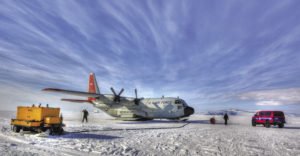
In Grand Marais, however, the USAP is relatively well-known. As I was preparing to deploy last year, I met a surprisingly large number of local residents who had been to “the Ice” or had connections to friends and family who had. I expected to be met with blank stares when I explained my destination, but instead, many people were familiar with the journey I was about to undertake. It turns out that our small community has a nearly 50-year connection to Antarctica. As I became aware of this history, I asked more questions.
I reached out to a few local friends that I knew had spent time on the Ice in order to learn more about the intersection of these two seemingly disparate places. Many of the connections between Antarctica and Cook County seem to have been woven by Jim Holman, who first went to the Ice in 1978 and spent a total of five summers working at McMurdo Station and Palmer Station. He heard about the program from Cook County resident, Larry Shepard. Holman worked as a carpenter on various projects, including the building of Williams Field, which is an important landing strip on the Ross Ice Shelf that services the LC-130 military ski planes that provide the bulk of transport missions throughout the Antarctic continent. Holman remembers his time fondly, especially the zodiac boats at Palmer and the summit of Mt. Erebus near McMurdo Station. He recommended the program to many other Cook County locals, including Steven Cross, Jerry Lawson, Virginia Danfelt, Tim Briggs, Jim Rammel, Tom Faye and his own son, Ian Holman, who spent one season at McMurdo Station several years ago.
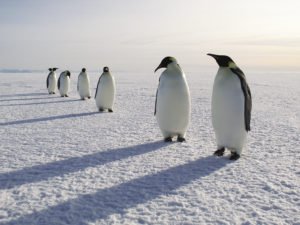
Danfelt first heard about the opportunity to work in Antarctica by watching a slideshow given by Holman. After she completed her first contract, her now husband Bob Martin decided to follow her on the adventure. Martin worked two summer seasons as a carpenter between South Pole Station and McMurdo Station, and Danfelt worked three summers as a cargo and inventory manager at a remote research camp called Siple. They remember being drawn to the opportunity by the desire to travel and witness a place that could not be visited in any other way; a remote place so utterly different to the rest of the human experience. Martin remembers visiting the site of a crashed airplane and the historic huts built by early explorers R.F. Scott and Earnest Shackleton. Danfelt remembers the light and shadow of the glacial plateau, the comradery and fun antics of her workmates and the Adelie penguins she saw near McMurdo Station. They both remember the total silence and empty wilderness of the landscape and its spiritual effect.
When Briggs heard about working in Antarctica from Holman, he never thought he’d make it his career. He grew up in Grand Marais and still owns a house west of town, but has spent nearly 30 years working on the Ice and is currently a project manager with the Antarctic program in Denver. Briggs has worked with fellow Cook County locals and recommended the experience to many of them. In the late 1980s, Leonard Sobanja took him up on the offer and spent a season on the Ice. His son, Kurt Sobanja, followed his dad to Antarctica and then returned for more than 10 seasons, including two winters. He even proposed to his wife, Natalie, on Christmas Day at the South Pole.
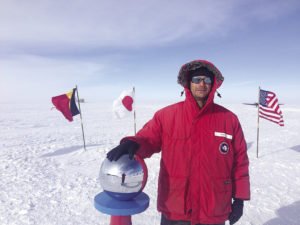
The USAP offers its participants a free trip to New Zealand and the chance to save money in a place where all your needs are provided—there is absolutely nothing to buy. This is a great opportunity for seasonal workers. Many, but not all, program participants come from northern states. Our familiarity with living and working in cold, rural climates and small, isolated communities prepares us for the rigors of life in Antarctica. While these are factors that can lead to success on the Ice, the most important qualification that all participants share is a desire for adventure and fun that overshadows any of the challenges inherent in living in Antarctica. It turns out that these qualities are shared by many of our neighbors.
The spirit of our North Shore community resonates all the way to the very bottom of the world. So the next time that you’re wondering where your friend went for the winter and thinking that they may be enjoying the sun in Arizona or Florida, just remember that for some of us, there is a cold, frozen paradise at the bottom of the world that beckons with an ancient call.—Corey Belt


